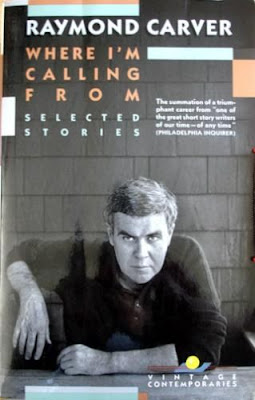Directors / writers / editors: Ethan Coen, Joel Coen
Photography: Bruno Delbonnel
Music: Oscar Isaac, Justin Timberlake, Bob Dylan, Dave Van Ronk
Cast: Oscar Isaac, Carey Mulligan, Justin Timberlake, John Goodman, Ethan Phillips, Robin Bartlett, Max Casella, Jerry Grayson, Jeanine Serralles, Adam Driver, Stark Sands, Alex Karpovsky, Garrett Hedlund, F. Murray Abraham
Just to get some sense of where I stand here, I did a quick and dirty internet search for lists of "best Coen brothers movies" and then, a little appalled by what I was finding, made my own list (off the cuff, without benefit of systematic review). See below. I know I have been in the minority in not thinking much of this early-'60s Greenwich Village period piece, at least the first time I saw it when it was new, but it turns out there's a fairly wide range of opinion on Coens movies—one list has True Grit last, for example, while another has it at the very top, as the best movie they ever made. Inside Llewyn Davis reliably makes it into the top 10 of these lists, sometimes the top 5, and it was #2 on one list.
After a second look more recently, I agree top 10 of their 18 or so pictures total seems fair enough. My first reaction was a matter of my own biases, which start with a lifelong indifference to midcentury American folk music, particularly the fruit of early-'60s Greenwich Village. Then the way Llewyn Davis uses Bob Dylan was too much for me, and it is still annoying. He shows up off-camera at the very end as approximately the Inevitable Future of Folk Music (iconic voice of a generation not far behind), which struck me more as cheap pandering than ... well, I'm still not sure what the idea of sticking him in there that way is supposed to be. Mostly it feels like playing cynically to Greenwich Village folkie sentimentalists like Pete Seeger.
Just to get some sense of where I stand here, I did a quick and dirty internet search for lists of "best Coen brothers movies" and then, a little appalled by what I was finding, made my own list (off the cuff, without benefit of systematic review). See below. I know I have been in the minority in not thinking much of this early-'60s Greenwich Village period piece, at least the first time I saw it when it was new, but it turns out there's a fairly wide range of opinion on Coens movies—one list has True Grit last, for example, while another has it at the very top, as the best movie they ever made. Inside Llewyn Davis reliably makes it into the top 10 of these lists, sometimes the top 5, and it was #2 on one list.
After a second look more recently, I agree top 10 of their 18 or so pictures total seems fair enough. My first reaction was a matter of my own biases, which start with a lifelong indifference to midcentury American folk music, particularly the fruit of early-'60s Greenwich Village. Then the way Llewyn Davis uses Bob Dylan was too much for me, and it is still annoying. He shows up off-camera at the very end as approximately the Inevitable Future of Folk Music (iconic voice of a generation not far behind), which struck me more as cheap pandering than ... well, I'm still not sure what the idea of sticking him in there that way is supposed to be. Mostly it feels like playing cynically to Greenwich Village folkie sentimentalists like Pete Seeger.















